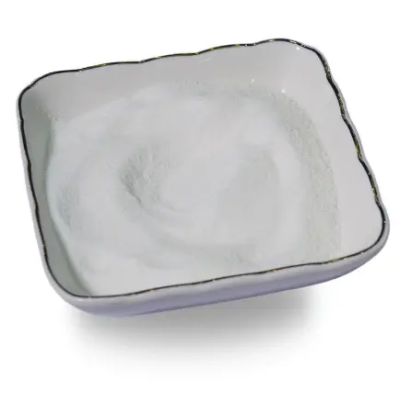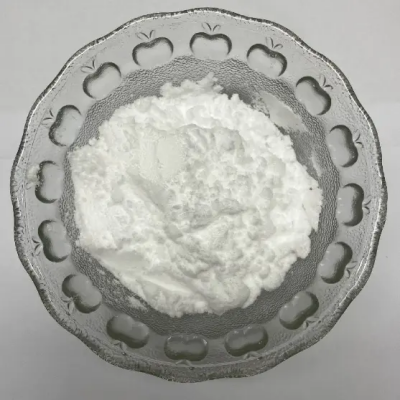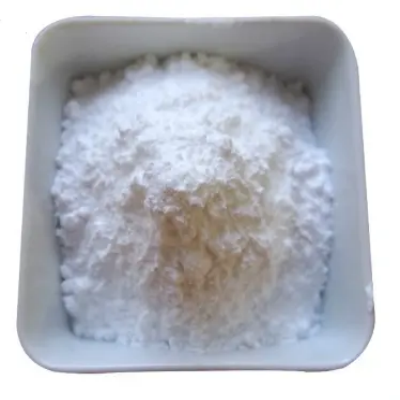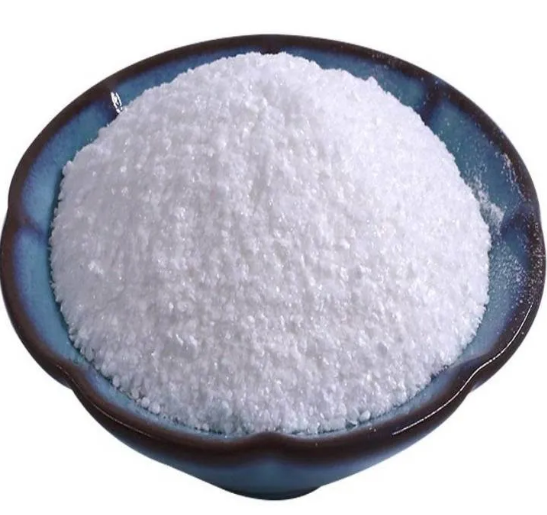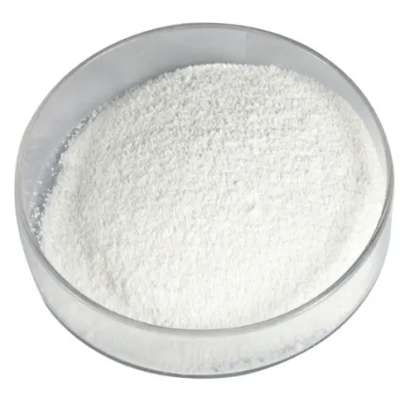(2R)-4-BENZYL-2-{(1R)-1-[3,5-BIS(TRIFLUOROMETHYL)PHENYL]ETHOXY}MORPHOLIN-3-ONE CAS:287930-75-0
The molecular structure of (2R)-4-Benzyl-2-{(1R)-1-[3,5-bis(trifluoromethyl)phenyl]ethoxy}morpholin-3-one features a morpholinone core substituted with a benzyl group at the 4-position and a trifluoromethyl-substituted phenyl ethoxy group attached to the morpholinone nitrogen. This specific arrangement imparts essential physicochemical properties crucial for pharmaceutical use, including solubility, stability, and reactivity. The presence of the benzyl and trifluoromethylphenyl moieties enhances the compound's potential interactions with biological targets, influencing its pharmacological efficacy and utility in drug design. Synthesis and Applications Synthesis of (2R)-4-Benzyl-2-{(1R)-1-[3,5-bis(trifluoromethyl)phenyl]ethoxy}morpholin-3-one typically involves multi-step organic synthesis starting from commercially available starting materials. Key synthetic steps include morpholinone ring formation, benzyl group introduction via suitable coupling reactions, and incorporation of the trifluoromethylphenyl ethoxy group to achieve the desired pharmacological properties. BTFPM serves as a valuable intermediate in medicinal chemistry for developing therapeutic agents targeting various diseases. Pharmaceutical Relevance In medicinal chemistry, derivatives of (2R)-4-Benzyl-2-{(1R)-1-[3,5-bis(trifluoromethyl)phenyl]ethoxy}morpholin-3-one exhibit diverse pharmacological activities, including potential antiviral and antitumor properties. The compound's molecular architecture allows for specific interactions with biological targets, making it a promising candidate for designing novel drugs with enhanced efficacy and selectivity. Researchers explore its structural diversity to optimize pharmacokinetic profiles and biological activity, addressing critical medical needs and advancing drug discovery efforts. Therapeutic Potential The broad pharmacological profile of derivatives of (2R)-4-Benzyl-2-{(1R)-1-[3,5-bis(trifluoromethyl)phenyl]ethoxy}morpholin-3-one positions them as potential candidates for treating viral infections and cancers. The compound's ability to modulate specific molecular pathways underscores its therapeutic potential, driving ongoing research to elucidate its mechanisms of action and optimize clinical outcomes in targeted therapies. Conclusion In conclusion, (2R)-4-Benzyl-2-{(1R)-1-[3,5-bis(trifluoromethyl)phenyl]ethoxy}morpholin-3-one emerges as a crucial compound with significant implications in medicinal chemistry and drug discovery. Its complex molecular structure and diverse pharmacological activities make it a valuable tool for researchers aiming to develop innovative therapies for a wide range of medical conditions. As scientific investigations into its biological properties and synthetic methodologies progress, further insights are anticipated to accelerate its translation into clinical applications, ultimately benefiting global healthcare efforts.



| Composition | C21H19F6NO3 |
| Assay | 99% |
| Appearance | white powder |
| CAS No. | 287930-75-0 |
| Packing | Small and bulk |
| Shelf Life | 2 years |
| Storage | Store in cool and dry area |
| Certification | ISO. |


![(2R)-4-BENZYL-2-{(1R)-1-[3,5-BIS(TRIFLUOROMETHYL)PHENYL]ETHOXY}MORPHOLIN-3-ONE CAS:287930-75-0 Featured Image](https://cdn.globalso.com/xindaobiotech/14Z4YR3PJ6@V5_YM314.png)
![(2R)-4-BENZYL-2-{(1R)-1-[3,5-BIS(TRIFLUOROMETHYL)PHENYL]ETHOXY}MORPHOLIN-3-ONE CAS:287930-75-0](https://cdn.globalso.com/xindaobiotech/14Z4YR3PJ6@V5_YM314-300x300.png)

